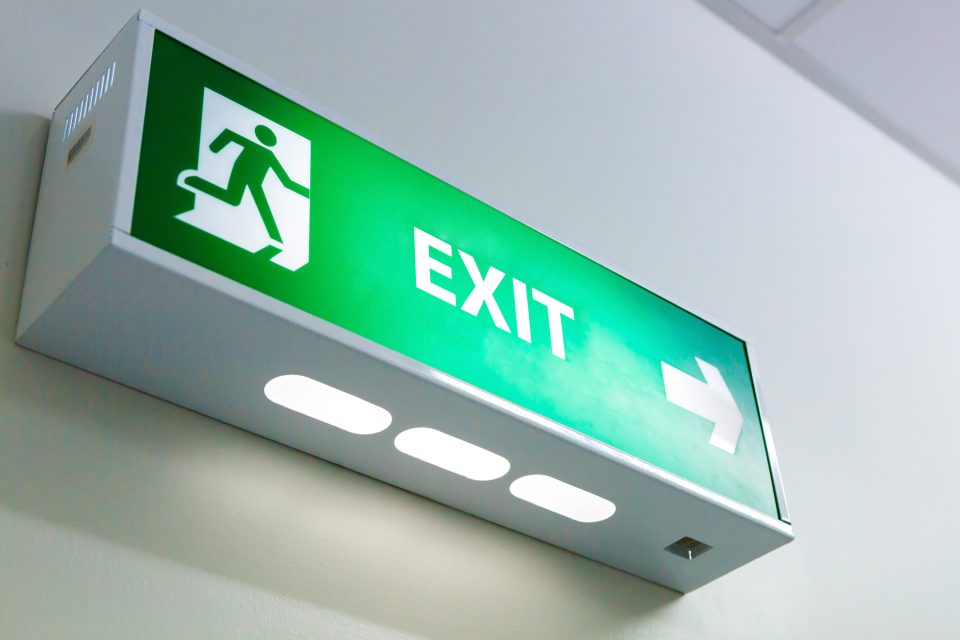An investor plans and strategizes well before trading in a stock. Traders take so much time finding the right strategy to enter the stock market but can lack an exciting system from a trade. An exit strategy not only helps in minimizing losses in the market but also helps in gaining up profits. You can make your plan by calculating reward and risk levels before entering a trade, then use those levels as a blueprint to exit the trade at the best price.
Let’s look up some strategies you can use to exit a trade:
- Exit a trade using a stop-loss order
A stop-loss order can enable you to automatically exit a trade at a predetermined level by limiting your loss. Stop-losses can help you manage your risk in a rapidly moving market by pulling the plug on your trade if you lose a certain amount of money.
This is the most basic type of stop-loss, but there are different types that you could use, which are:
a) Guaranteed stops- These ensure your position is permanently closed at your pre-selected price. They are free to attach, but you will be charged a small premium if the alarm gets triggered.
b) Trailing stops- This will follow the market if it moves in your favour but locks in if the market moves against you.
- Exit a trade using take-profit orders
Take-profit orders are similar to stop-losses in that they close your trade at a predetermined price level. They bring out a price more valuable to you than the current market price.
You just need to set an exit point above the current market price for a long position, and for a short position, you need to fix it below the market price. They can lock in a good profit for you.
What Should You Consider in Your Exit Strategy?
Before you plan an exit strategy, you will have to consider these things:
- Trading style- Your exit strategy will depend on the style of trading you choose. There are four popular trading styles:
- Position trading
- Swing trading
- Day trading
- Scalping
- Risk-reward ratio- You will have to consider your risk-reward ratio (RRR). This means the capital you will be losing compared to the profit you earned on the trade. The most common RRRs are 1:2 or 1:3, and 1:1 is considered too risky.
- Risk tolerance- In simple words, your ability to handle the loss. It is essential to know your own risk tolerance because if you take on too much risk, you could panic and exit your position too early or too late.
Conclusion
To sum up, it is crucial to decide whether to keep stock or sell it, and it may be difficult to predict; certain things can help you exit a trade. It is good to stick with a company that you have researched about, but it is also necessary to exit a trade at the right time. Use the strategies we mentioned above to exit the market with a good profit rather than a loss.






